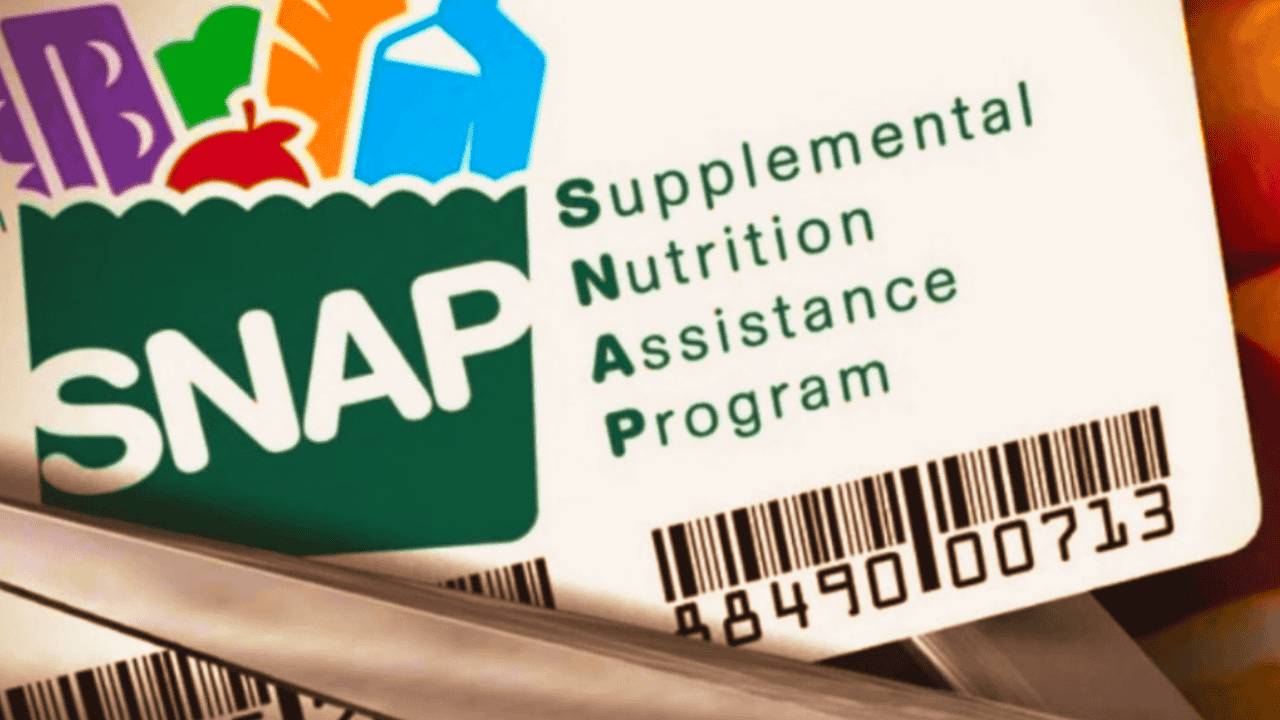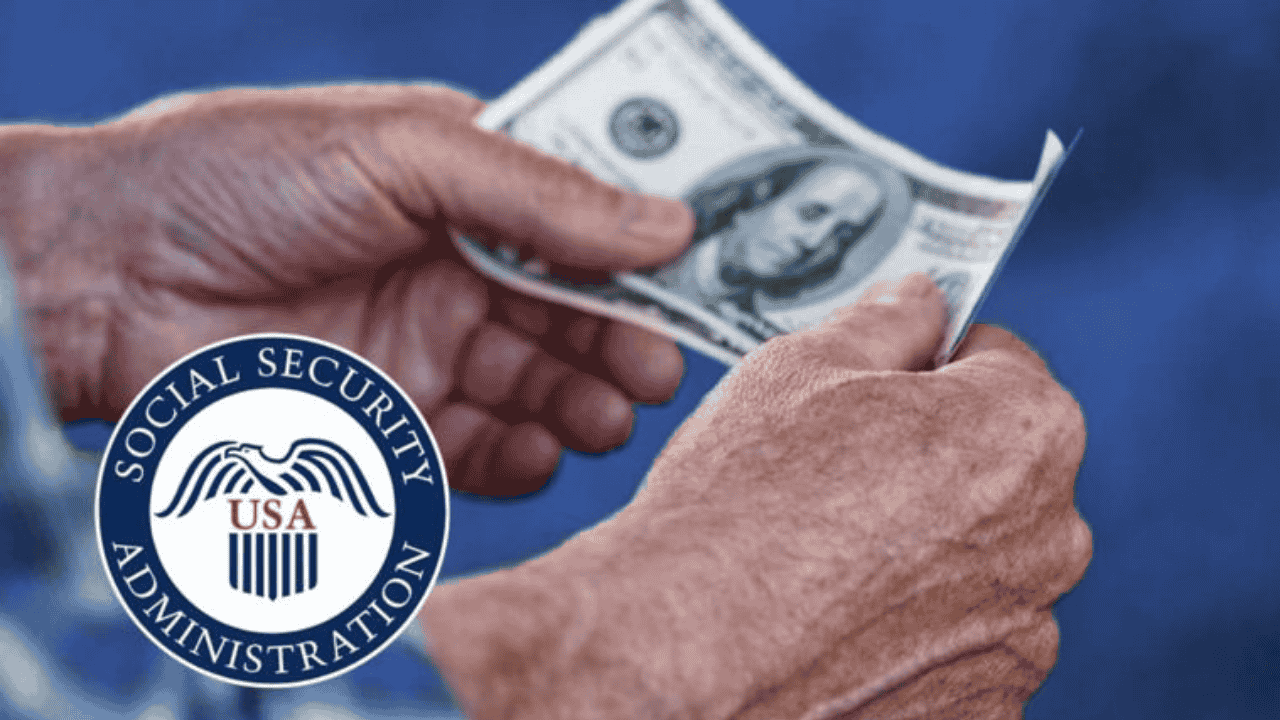Starting late July 2025, many Social Security recipients will notice a sharp drop in their monthly payments. This is due to a major policy shift by the Social Security Administration (SSA), which is now collecting overpaid benefits more aggressively. Instead of the usual 10%, the SSA will now withhold 50% from monthly checks of those flagged for past overpayments.
This change could deeply affect around 2 million Americans, especially older adults and disabled individuals who depend heavily on Social Security income. The SSA aims to recover $23 billion in overpaid funds, most of which resulted from errors in reporting income or miscalculations by the agency itself. Though overpayments have been a long-standing issue, the new policy is the most aggressive step yet in recovering these funds.
Not everyone affected is without options. The SSA offers repayment plans and waivers for those who can’t afford the deductions or believe the overpayment wasn’t their fault. But recipients must act fast once notified, as the 90-day clock starts ticking the moment they receive the letter.
Social Security Checks to Shrink for Millions Starting July 2025

Some Americans who rely on Social Security will begin receiving smaller checks in late July 2025. The Social Security Administration (SSA) has rolled out a stricter repayment policy aimed at recovering billions in overpaid benefits. Now, instead of deducting 10% from monthly payments, the SSA will take 50% from those affected—cutting some payments in half.
This move follows years of overpayment problems within the agency. Between 2015 and 2022, nearly $72 billion in improper payments were made, mainly because of incorrect income reporting by recipients or internal miscalculations. These overpayments affected less than 1% of total Social Security disbursements, but the dollar amount is significant. In 2023 alone, the agency identified roughly 2 million Americans with outstanding overpayments.
Originally, the SSA proposed withholding 100% of benefits until debts were paid, but after criticism from advocacy groups and media reports highlighting severe hardships, it backed down to the 50% rate. Still, for many low-income or fixed-income households, this revised policy could cause financial strain. Some even risk losing access to basic needs.
When Will These Cuts Begin?
The reduced payments will begin hitting bank accounts around July 24, 2025, for those who received overpayment notices starting April 25. The SSA follows a 90-day notice period before implementing payment withholdings. Regular payments will still be made on their usual schedule—the second, third, or fourth Wednesday of each month, depending on the recipient’s birth date.
For example, if you received your overpayment notice in late April, your reduced payment will likely arrive around the fourth Wednesday of July. If you haven’t received a notice, you won’t be affected—at least not yet.
What Can You Do If You’re Affected?
If you’ve received a notice, don’t ignore it. The SSA offers several repayment methods, including credit card, check, or online banking. But if you feel the overpayment wasn’t your fault, or if paying it back would cause serious hardship, you can apply for a waiver. In some cases, these waivers can stop the withholding entirely.
Waiver approvals depend on individual circumstances, so it’s essential to act fast and respond with proper documentation. Failing to take action could mean months of reduced income before any changes are reconsidered.
Looking Ahead
The SSA has said it will keep refining its repayment process to avoid putting unnecessary pressure on vulnerable recipients. But for now, the push to recover overpaid benefits is well underway. If you rely on Social Security, it’s important to stay informed, watch your mail, and take action quickly if you get a notice.
Whether this policy eases the SSA’s debt problem or creates new issues for retirees and the disabled remains to be seen—but July 2025 marks a turning point for how the agency handles overpayment recovery.









